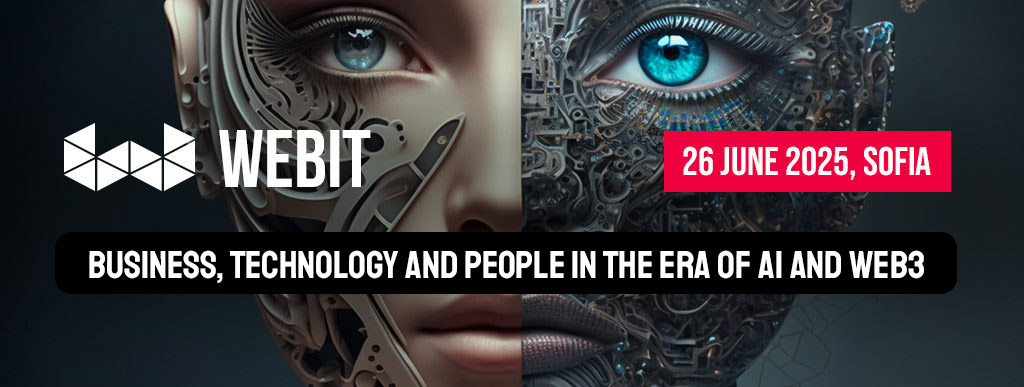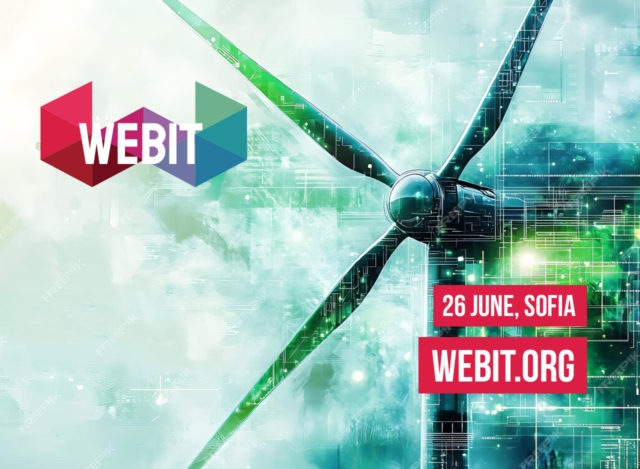Introduction
The transition to renewable energy is essential for a sustainable future, but integrating these variable energy sources into existing power grids presents significant challenges. Smart grids, enhanced by Artificial Intelligence (AI), are emerging as a game-changing solution to optimize energy distribution, improve efficiency, and ensure grid stability.
The Need for Smart Grids
Traditional power grids were designed for centralized fossil-fuel-based energy production, making them inefficient in handling decentralized and intermittent renewable energy sources like solar and wind. Smart grids leverage digital technology to enable real-time monitoring, automation, and dynamic energy management, ensuring a more resilient and flexible energy infrastructure.
Role of AI in Renewable Energy Management
AI plays a crucial role in optimizing smart grids by:
- Predictive Analytics: AI models analyze weather patterns, historical energy consumption, and real-time data to forecast energy supply and demand accurately.
- Grid Stability & Load Balancing: Machine learning algorithms dynamically adjust energy distribution to prevent overloads and reduce power outages.
- Energy Storage Optimization: AI enhances battery storage efficiency by predicting peak demand times and optimizing charge-discharge cycles.
- Demand Response Management: Smart grids use AI to automatically adjust energy consumption in response to grid conditions, reducing energy waste.
- Fraud Detection & Grid Security: AI-powered anomaly detection prevents unauthorized access and detects energy theft in real-time.
Key Technologies Powering AI-Driven Smart Grids
- Internet of Things (IoT): IoT-enabled smart meters and sensors collect and transmit real-time data for AI-driven decision-making.
- Big Data & Cloud Computing: Large-scale energy data is processed using cloud computing and advanced analytics to enhance grid intelligence.
- Blockchain for Energy Transactions: AI-driven blockchain platforms enable secure and transparent peer-to-peer energy trading, fostering decentralized energy markets.
- Digital Twins: Virtual replicas of power grids allow AI to simulate energy scenarios and optimize grid performance without disrupting actual operations.
Real-World Applications
Several pioneering projects are integrating AI into smart grids for renewable energy management:
- Google’s DeepMind & UK Power Grid: AI optimizes wind energy forecasting, increasing efficiency by 20%.
- Tesla’s Autobidder: AI-driven energy trading platform manages battery storage and grid balancing.
- Siemens Grid Edge AI: Advanced AI solutions for real-time energy demand forecasting and grid automation.
- Virtual Power Plants (VPPs): AI-powered VPPs aggregate distributed renewable energy sources, acting as a single power plant to stabilize grids.
The Future of AI in Smart Grids
As renewable energy adoption accelerates, AI-driven smart grids will become the backbone of a sustainable energy ecosystem. Future developments include:
- Greater integration of 5G and edge computing for ultra-fast energy data processing.
- Enhanced AI-driven self-healing grids that automatically detect and resolve faults.
- Expansion of decentralized energy trading platforms powered by AI and blockchain.
Conclusion
AI-powered smart grids are revolutionizing renewable energy management, making energy systems more efficient, resilient, and sustainable. By leveraging AI for predictive analytics, automation, and optimization, the global transition to clean energy will become more seamless, accelerating the fight against climate change and ensuring a reliable energy future for all.
Join the discussion and learn from global leaders in the industry on the 26th of June in Sofia. Webit: Business, Technology and People in the era of AI and Web3 is an exciting opportunity for industry leaders and experts to come together to discuss the latest trends and developments in the field of Next-Gen Mobility & Energy.
Check our ticket options here:
Business, Technology and People in the era of AI and Web3

